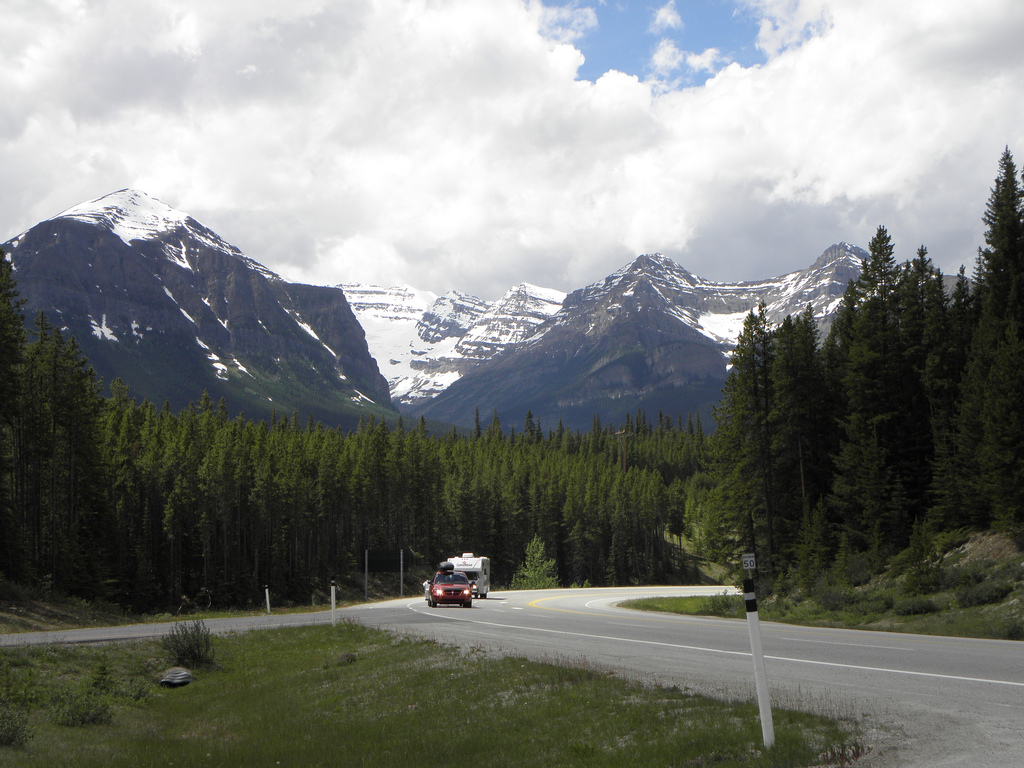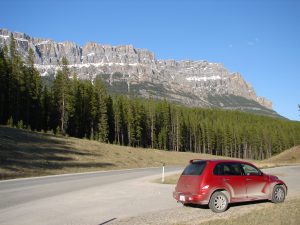
There are many defining features that shape Canada as a country. Our cold north, our border with the USA, our two coasts. Everywhere you go, the divide between humans and nature is constantly shifting and at times merging. One such place is Alberta’s Bow Valley.
Located in the idyllic Rocky Mountains, the nearby Banff and Jasper national parks attract crowds of tourists, and Edmonton, a city of nearly a million people lies an hour north. Yet all around, there is wilderness and nature.
Conservationists are hard at work trying to minimize the damages of these encounters of the animal kind. Jay Honeyman, a human-wildlife conflict biologist for Alberta Environmental and Parks, said the situation in Bow Valley is unique.
“In Canmore, dense forest surrounds neighbourhoods, carnivores stalk prey and elk congregate on school grounds.”
Eighty kilometres of highway fencing and land bridges help to minimize human/vehicle contact with animals, studies show they reduce road collisions by 80%. Education programs help to minimize and prepare people for contact with wild animals such as grizzly bears and other large mammals.
But the rapidly expanding human population in the area, in the growth of cities such as Canmore, means animals have to adapt in ways that may not be possible.
“In one area, people want to take pictures and observe,” he said, whilst other areas are hunting zones. “That’s what grizzly bears deal with. It’s completely unpredictable.”
Read more about the struggles of animals to adapt to an urbanizing Alberta, and how conservationists are racing to keep animals and people safe, in Canadian Wildlife, May + June 2018 edition magazine.
